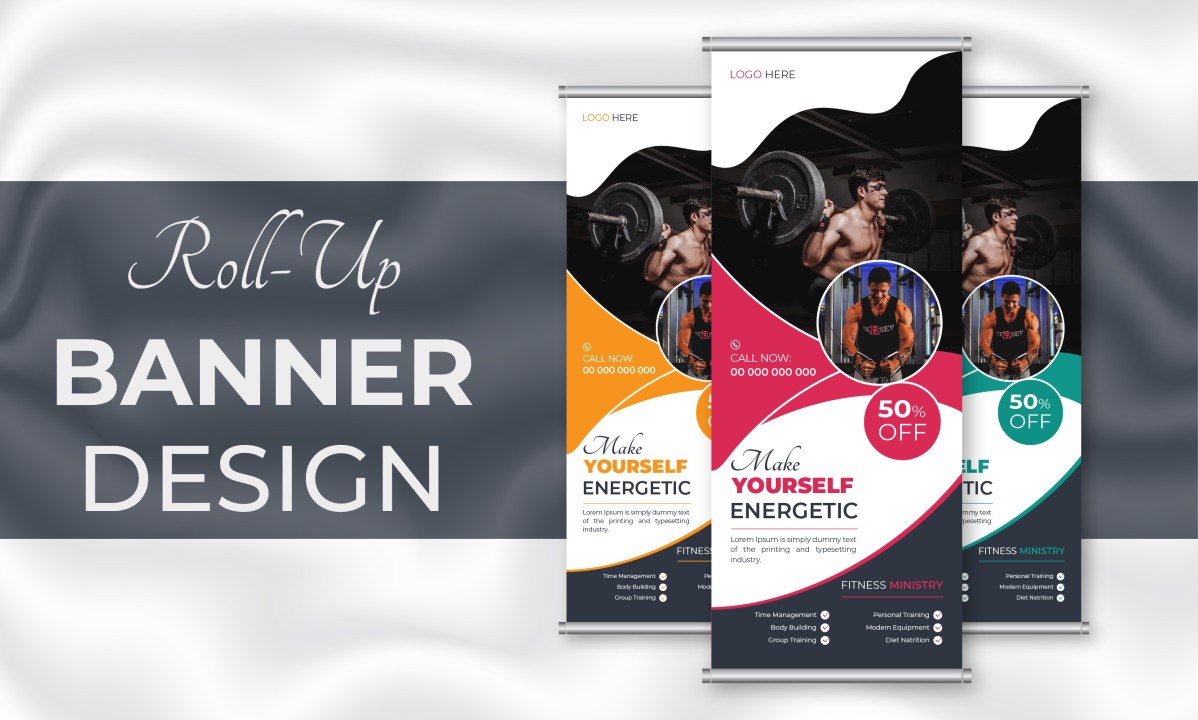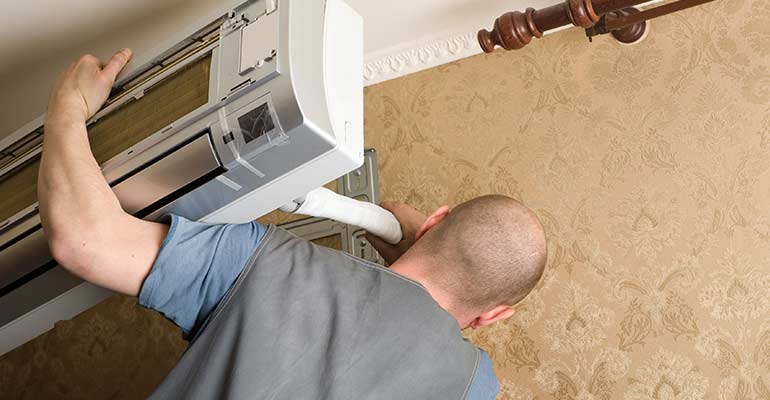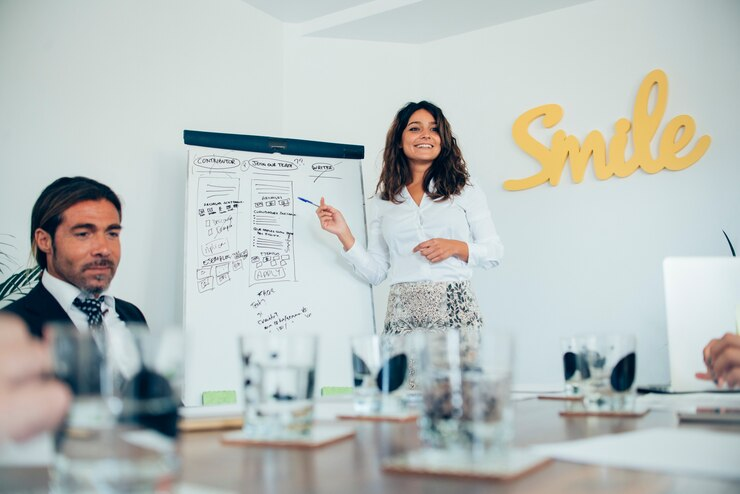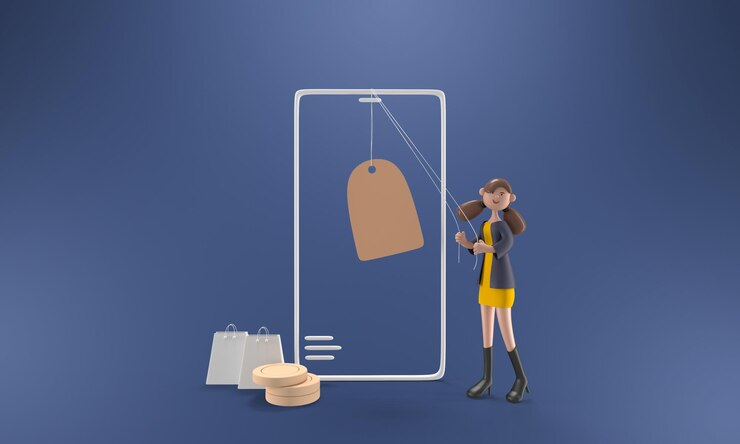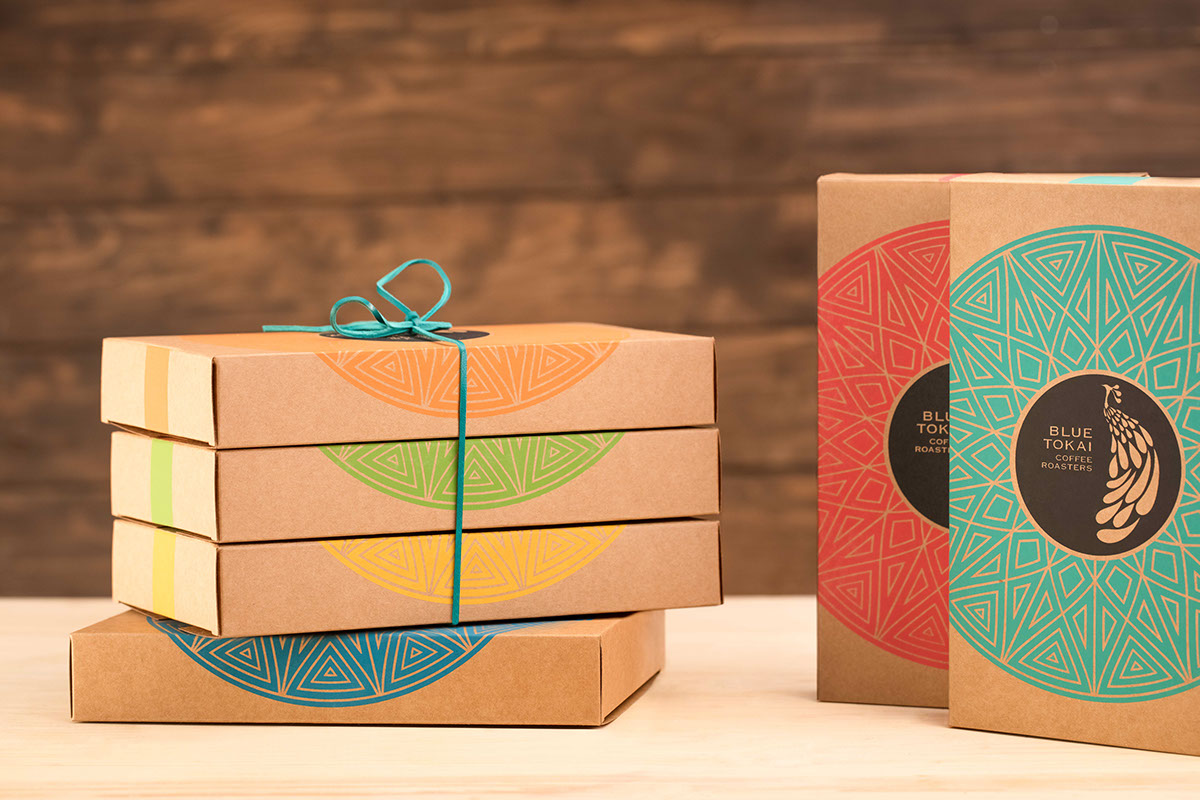
In today’s competitive market, the unboxing experience is just as crucial as the product inside. Custom packaging boxes have emerged as a significant player in enhancing customer experience, branding, and even the logistical aspects of product delivery. This comprehensive article explores the multifaceted benefits of custom packaging boxes, the variety of materials and designs available, sustainability considerations, and how businesses can effectively utilize them to boost brand recognition and customer satisfaction.
1. The Importance of Custom Packaging in Modern Business
Custom packaging boxes are not just containers; they are a powerful communication tool used by businesses to make the first impression a memorable one. The aesthetics and functionality of packaging have become essential in a world where social media and online shopping reign supreme. Custom boxes can transform a simple product into a premium experience, significantly influencing consumer perception and brand loyalty.
Branding and Consumer Perception
Custom packaging offers businesses an opportunity to showcase their brand identity right at the doorstep of the customer. It extends the brand experience beyond the digital screen or retail shelf, into the homes and lives of customers. The colors, design, and quality of the packaging material can reinforce brand values, evoke emotions, and create a sense of anticipation.
Marketing and Product Differentiation
In crowded markets, differentiation is key. Custom packaging allows products to stand out with unique shapes, vibrant prints, or innovative designs that reflect the uniqueness of the brand. This not only attracts attention but can also enhance the perceived value of the product, allowing businesses to command a higher price point.
2. Materials and Technologies in Custom Packaging
The choice of materials for custom packaging boxes is vast, each offering different benefits in terms of aesthetics, durability, and sustainability.
Cardboard and Paperboard
Cardboard and paperboard are the most common materials used for custom boxes due to their versatility and cost-effectiveness. These materials are easy to print on, cut, and assemble, making them ideal for a wide range of products.
Corrugated Fibreboard
For items requiring more protection, corrugated fibreboard is the preferred choice. Its layered structure provides excellent cushioning for shipping, reducing the risk of damage during transit.
Sustainable and Innovative Materials
With increasing awareness of environmental issues, many companies are turning to sustainable packaging solutions. Materials such as recycled paper, plant-based plastics, and even mushroom-based packaging are gaining popularity. These materials not only reduce environmental impact but also appeal to eco-conscious consumers.
3. Design Innovations in Custom Packaging
The design of custom boxes is only limited by imagination. Technological advancements have made it possible to create intricate designs and custom shapes cost-effectively.
Printing Techniques
Modern printing techniques such as digital printing, lithography, and flexography allow for vibrant, high-quality graphics on packaging. These techniques can accommodate small print runs economically, making it feasible for smaller businesses to compete with larger players.
Structural Design
The structural design of packaging plays a crucial role in both the protection and presentation of products. Innovative folding techniques and inserts can secure the product in place while enhancing the unboxing experience.
4. The Role of Custom Packaging in Sustainability
As businesses and consumers increasingly prioritize sustainability, the role of packaging in environmental stewardship has become more crucial.
Reducing Waste
Optimizing packaging design to use the minimum amount of material necessary not only cuts costs but also reduces waste. This approach is both economically and environmentally beneficial.
Recyclability and Reusability
Designing packaging with recyclability in mind ensures that materials can be reclaimed and reused, reducing the environmental footprint. Some brands design their boxes to be repurposed or reused, adding additional value to the consumer and reinforcing environmental responsibility.
5. Strategic Considerations for Businesses
Implementing custom packaging requires strategic thinking and planning. Businesses need to consider factors such as cost, design, material selection, and logistical implications.
Cost-Benefit Analysis
While custom packaging can enhance brand value and customer experience, it comes at a cost. Businesses must analyze whether the benefits in brand enhancement and customer satisfaction outweigh the additional costs involved.
Integration with Marketing Strategy
Custom packaging should be an integral part of the marketing strategy, not an afterthought. It should align with overall brand messaging and campaign goals, reinforcing the brand story at every consumer touchpoint.
Conclusion
Custom packaging boxes are more than just a trend; they are a strategic tool for businesses to differentiate themselves, enhance brand perception, and engage with customers on a deeper level. With the right approach to design, material selection, and sustainability, custom packaging can significantly impact a brand’s success in the marketplace. As we move forward, the creativity and innovation in this space are only expected to grow, offering businesses new opportunities to delight and surprise their customers.


